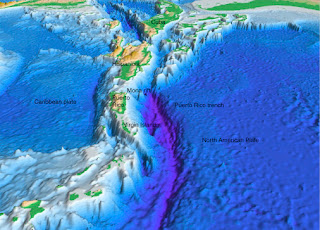I taught a workshop at Bucharest recently and just before the trip I discovered an old French book about the Romanian language at an Oxfam store, so I read much of it on the way there, and found it really intriguing. As the book is probably out of print, I’ll summarise some of the points I found interesting.
Latin heritage: The area was only under Roman control for a century and a half (106-275) – and the Latin derived language only became prevalent after the Romans left. The invasion of the Huns in 375 and destruction of the towns drove the Latin-speaking townsfolk out to the countryside, where they mingled with the peasants who spoke a Thracian language related to modern Albanian, and from this encounter Romanian was born. Then, the language was fairly isolated from the other Romance languages, and thus kept old-fashioned terms when medieval Latin changed and passed those changes on to Italian and French. Intriguingly, the Iberian languages, on the other end of the continent, retain some of the same old-style expressions, so they sometimes resemble Romanian more than the geographically closer languages Italian and French. For instance, when Latin, French and Italian switched from mensa to tabula for table, the peripheral Romance languages in Iberia and Romania didn’t get the memo, so we have mesa in Spanish and Portuguese and masӑ in Romanian.
German influences include cartof (Kartoffel) for potato, and halba (Halbe) for half a measure of beer, and a word derived from “Schmecker” for their argot. The name of the region around Bucharest, Wallachia, derives from the Germanic word for non-Germanic people, as in Welsch, Wallon, Welsh, etc.
Alphabet: Romanian used the Cyrillic alphabet until 1860, which it had originally adopted from Bulgarian for complex reasons linked to the shared orthodox religion.
Romance language that lost the romance: Again as a consequence of being isolated from the Romance languages in central Europe, Romanian lost Latinate terms from the area of love, romance, relationships. While most areas of Western Europe got their romantic ideas from the troubadours, Romanian lost the words derived from Latin amor, amare, carus and sponsa, and replaced them with the Slav words iubi, dragoste, drag and nevasta, respectively. So it became a Romance language that loves in Slav terms.
Later however, Romanian reconnected with French and got many words from modern French (eg bej, ruj, coafor, creion …), as well as lexical and grammatical influences from Hungarian, Turkish, and Slav languages, often even within the same word. So it ended up as a unique mixture not just of several language influences but also of languages from unrelated families, and with connections all across Europe.
Source:
Gilbert Fabre: Parlons roumain, langue et culture
Editions L’Harmattan 1991

PS - a quick check on French amazon revealed that it is available as an e-book as well as second-hand. Plus, from the same series there are books about dozens of other languages, mainly those not so commonly taught, so this is a huge temptation. (Lots of them have the same title with only the name of the language exchanged, so you find them easily with the search terms: parlons langue culture. However, there are also recent deviations from the pattern, eg Parlons slovaque, une langue slave, from 2009)

















